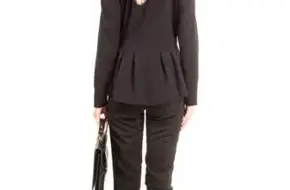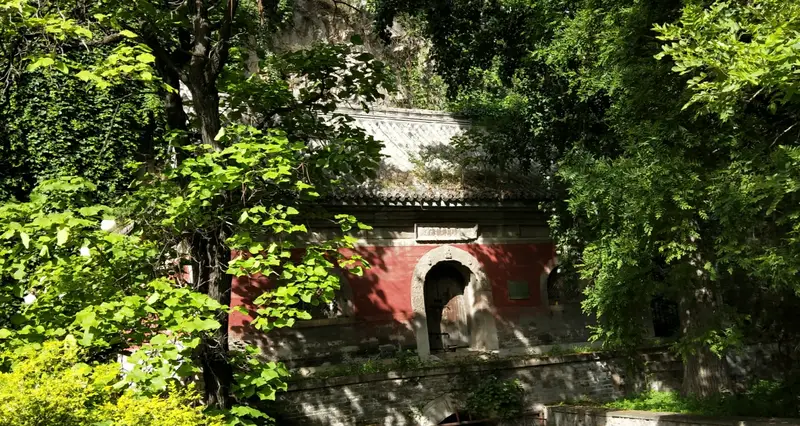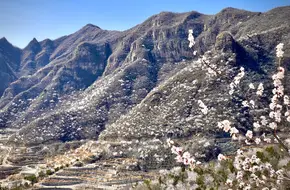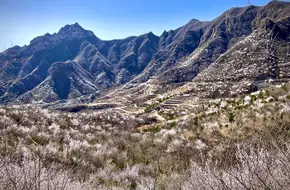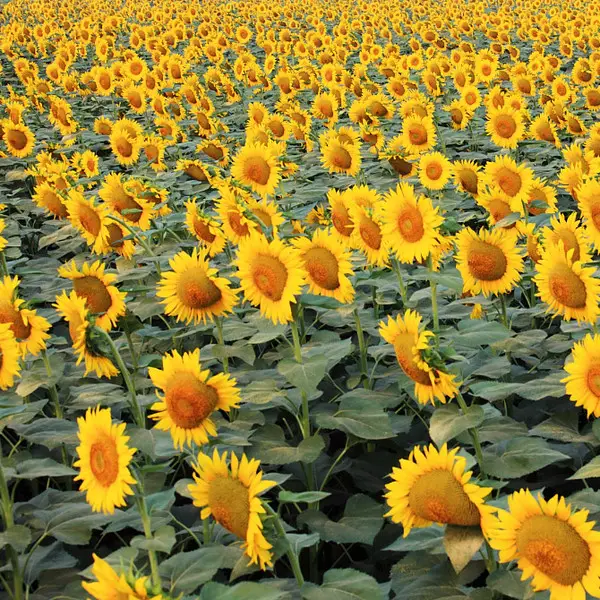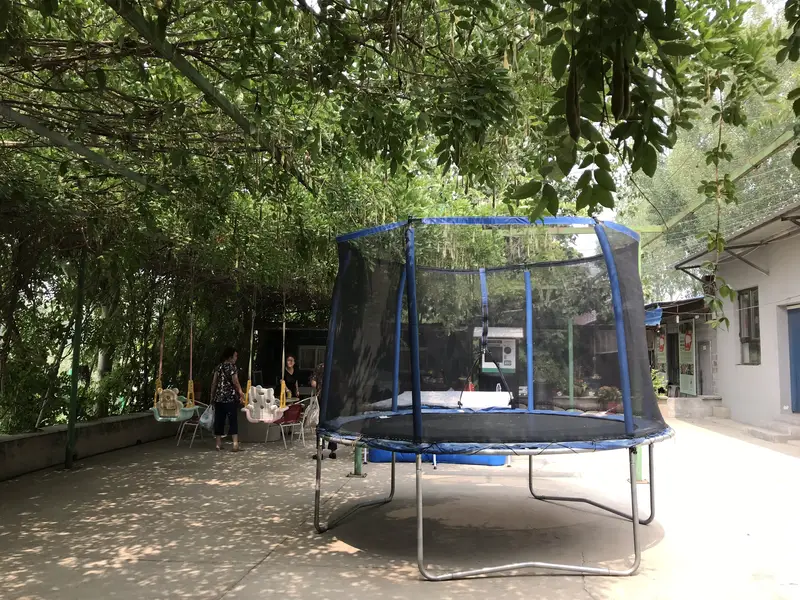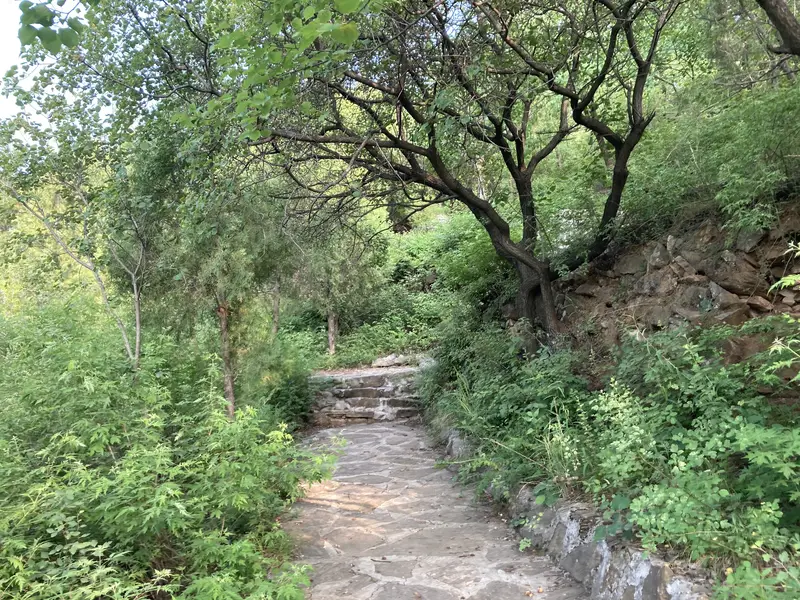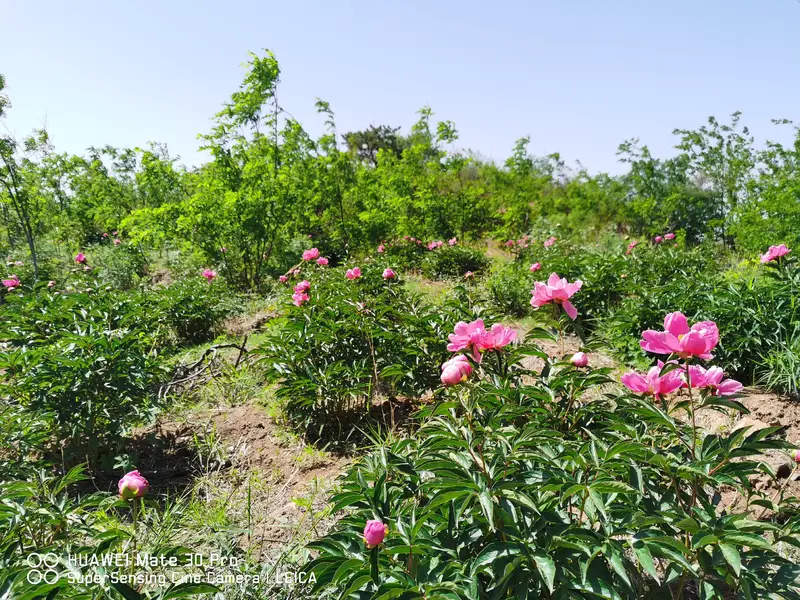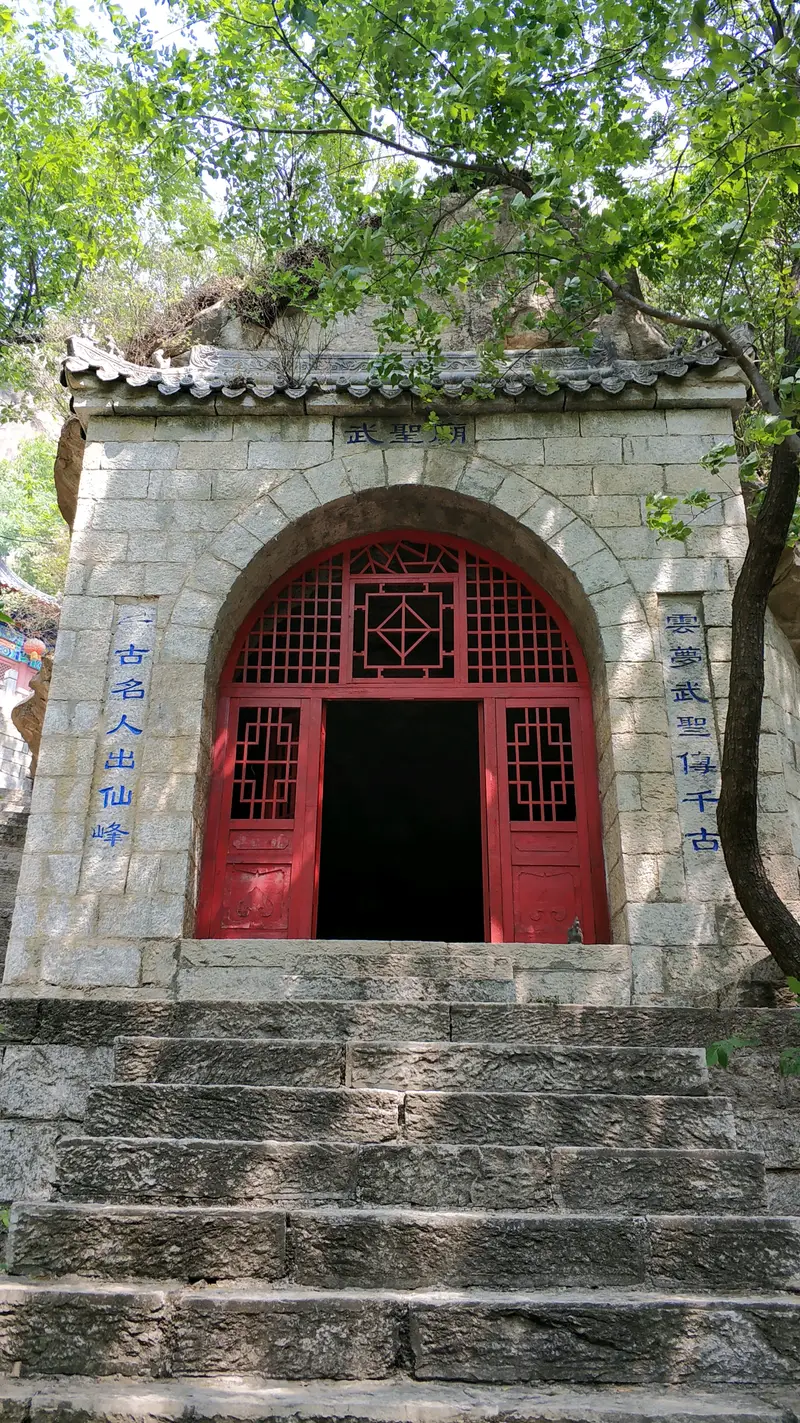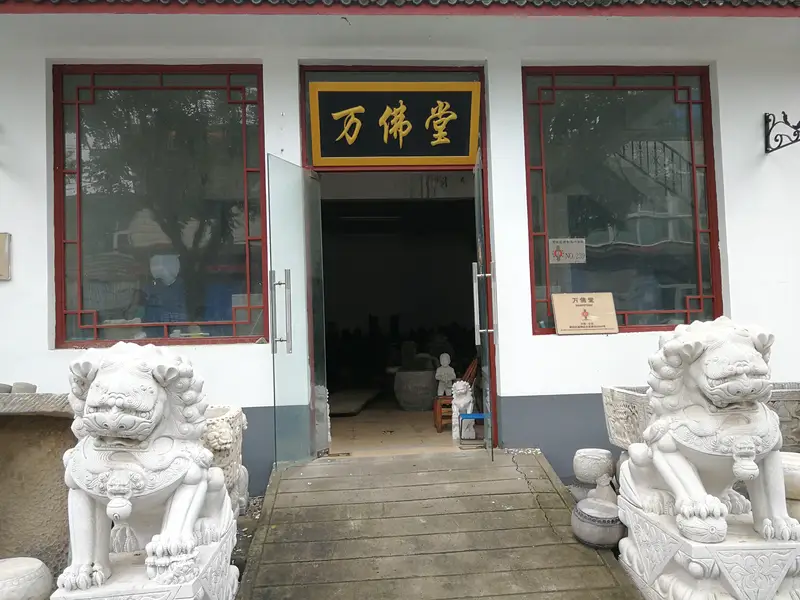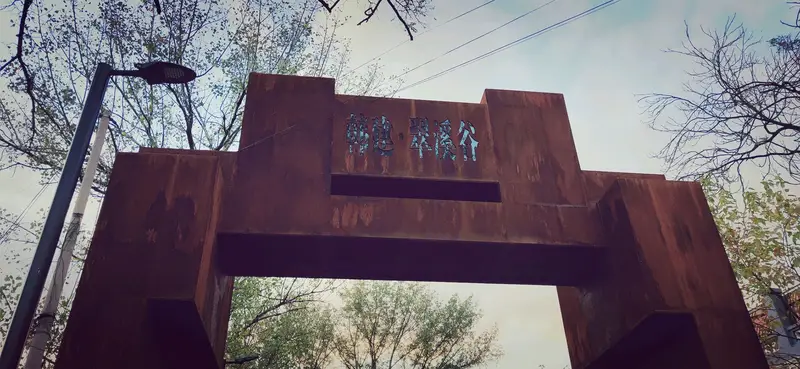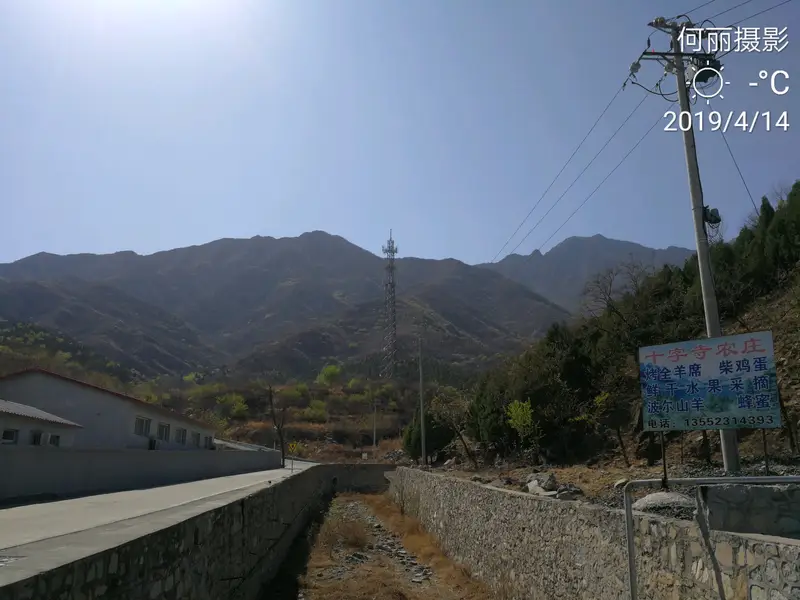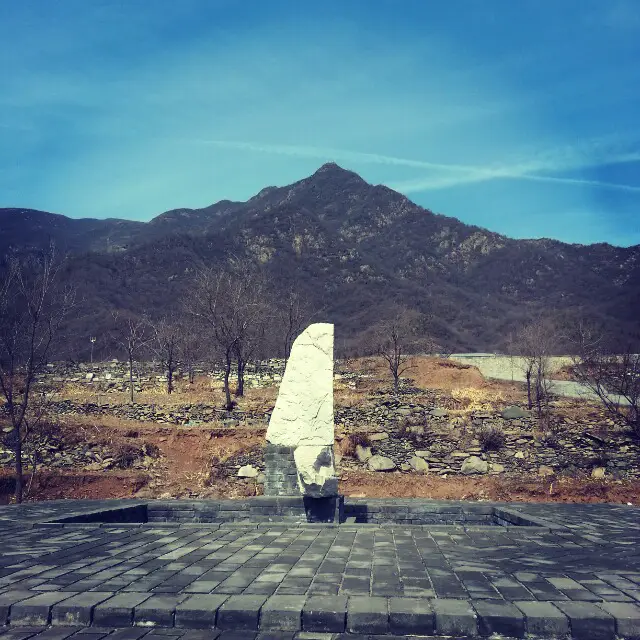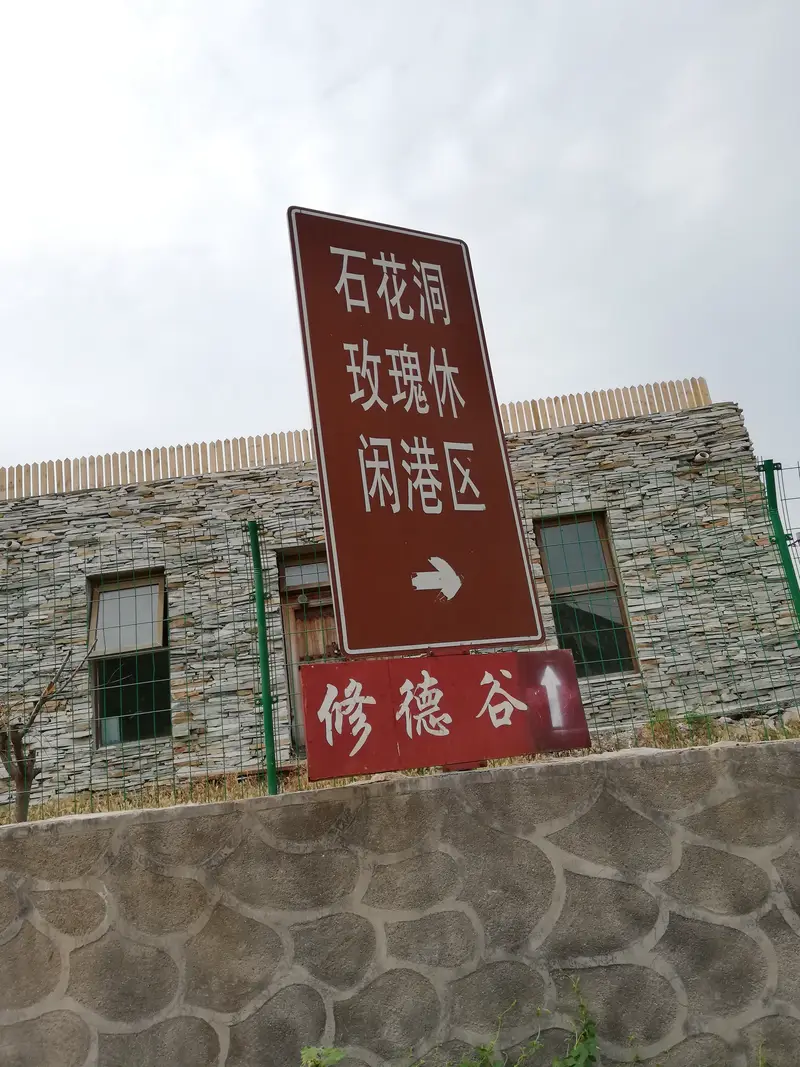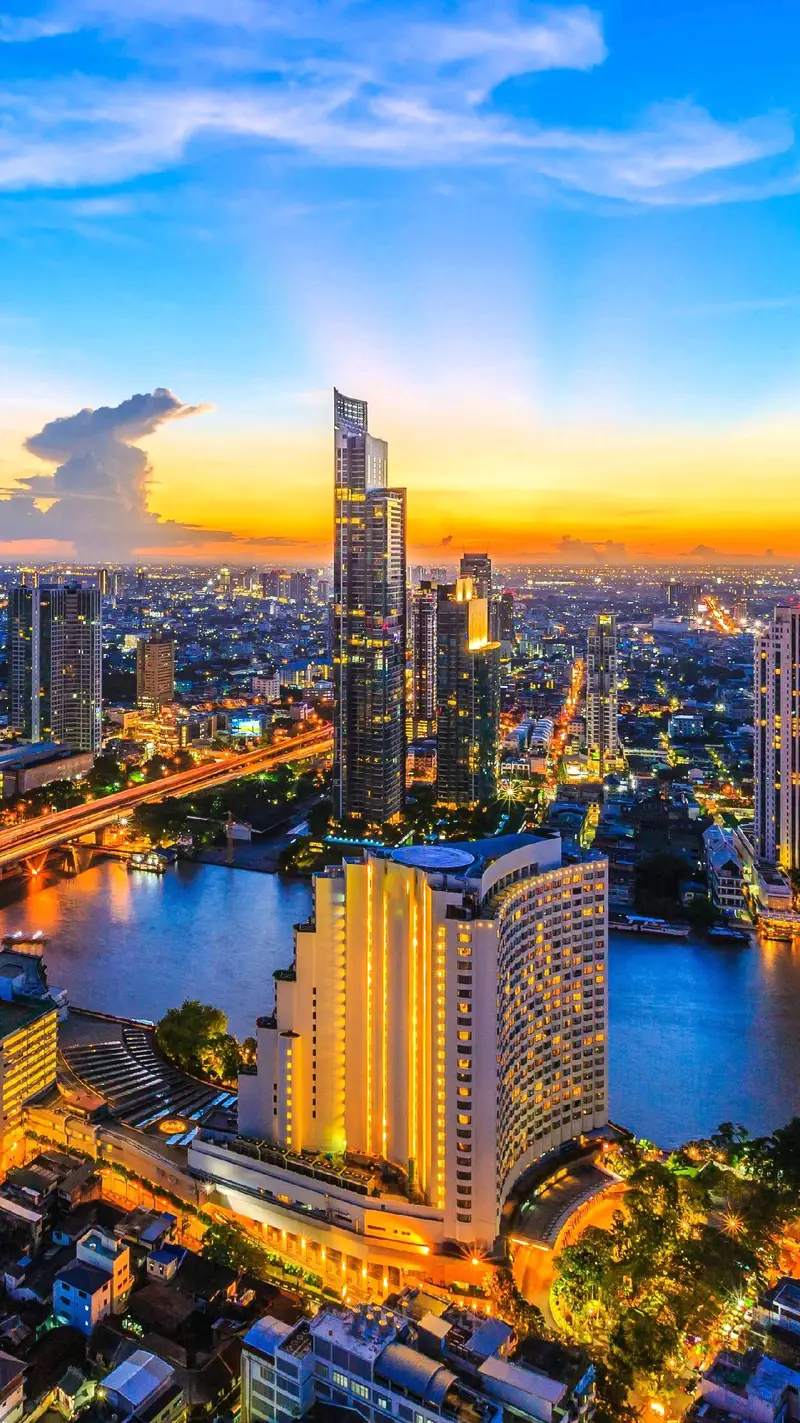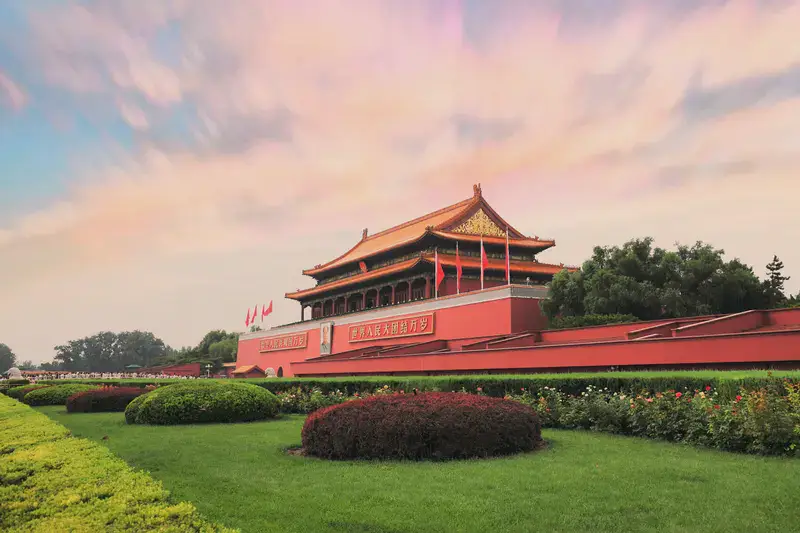Fangshan Wanfotang Flower Pagoda sits in a serene valley in Hebei Town, Fangshan District, about 80 kilometers southwest of downtown Beijing. The pagoda is nestled near the village of Wanfotang, close to another historic site called Kongshui Cave (a limestone cave with Buddhist carvings). To get here, you can either drive (around 1.5 hours from central Beijing) or take a mix of subway, bus, and a short taxi ride. The easiest route is to take the subway to Liangxiaoshi Station (Line 9), then transfer to a local bus heading toward Hebei Town. From there, it’s a 10-minute taxi ride to the pagoda’s entrance.
Natural Scenery
Surrounded by low mountains and lush greenery, the pagoda feels like a hidden gem. In spring and summer, wildflowers and tall grasses frame the area, while autumn paints the hills with red and gold leaves. A small stream runs nearby, adding tranquility to the scene. The pagoda itself stands on a rocky hill, offering gentle slopes for a short hike. Though not a massive natural park, the landscape is perfect for a quiet escape from the city’s hustle.
Cultural & Historical Charm
The Fangshan Wanfotang Flower Pagoda is a unique sight! This tilted, 13th-century pagoda earned the nickname “Beijing’s Leaning Tower” due to its obvious lean. Unlike the famous leaning towers in Italy or Turkey, this one isn’t intentional—it’s the result of centuries of weathering and soil erosion. What makes it special? Its intricate design: a dense, layered roof (called a miyan ta) decorated with colorful ceramic tiles and Buddhist motifs. Nearby, you’ll find ancient stone carvings and ruins of a once-thriving Buddhist complex. Restored in the 1990s, the pagoda now stands as a testament to China’s efforts to preserve cultural treasures.
Architectural Wonders
Up close, the pagoda’s details are mesmerizing. Each of its eight sides holds niches with Buddha statues, and the ceiling is covered in vivid, floral-patterned tiles. The tilt gives it character, but don’t worry—it’s been stabilized to prevent further leaning. For photography fans, morning light creates sharp shadows that highlight the pagoda’s textures, while sunset adds a warm glow to the tiles. A short climb to the base rewards you with close-up views of the carvings and a sense of stepping back in time.
Practical Visit Tips
The site is compact but worth a detour. Wear comfortable shoes for the short, rocky hike to the pagoda. There’s no entry fee, but bring water and snacks, as there are no shops nearby. Parking is available near the entrance, and restrooms are provided. For history buffs, combine this visit with a trip to Kongshui Cave (a 10-minute drive away), which has ancient Buddhist sculptures and underground streams.
Local Vibes & Beyond
After exploring, grab lunch at a local farmhouse restaurant in Hebei Town. Try dishes like fanshan kaoyu (charcoal-grilled lamb) or fresh mountain mushrooms. If you have extra time, the nearby Baiyu Mountain offers hiking trails with panoramic views. For accommodation, consider staying in a boutique lodge in Fangshan District—it’s less crowded than downtown Beijing but still packed with history.
In short, Fangshan Wanfotang Flower Pagoda is a quick yet enriching day trip. It’s ideal for travelers who love blending nature, culture, and off-the-beaten-path adventures. Just remember to charge your camera—this leaning pagoda is begging to be Instagrammed!

